Everyone who works at the Canadian Wildlife Federation has at least one profound memory of how wildlife changed us.
This is likely true for almost every Canadian.
As Canadians, we love our wildlife. This connection is so deep that it is even tied to our identity.
As Canada’s largest conservation charity, it is a privilege and an honour that Canadians support us to represent Canada’s wildlife. This fall season, we want to take the opportunity to show you some of the work we’ve done in our supporters’ name to help conserve our precious wildlife.
Work in the Field and Forests
Turning Rights-of-Ways into Pollinator Pathways
The Rights-of-Way as Habitat program support rights-of-way managers in restoring habitat for pollinators. This work provides resources for migrating Monarch butterflies and many ecological services. So far, it has restored more than 7.02 squared kilometres of pollinator habitat through 15 partnerships in Eastern and Southwestern Ontario, with the support of the Ontario Trillium Foundation and Environment and Climate Change Canada. We conducted both vegetation and pollinator monitoring along roadside and hydro lines to assess habitat quality.
On June 13 and 14, 2022, CWF welcomed the New York Power Authority as an industry leader to impart their expertise of best management practices on hydro corridors to Hydro One staff. Along with our partner, Lanark County, on August 25, 2022, we hosted a roadside pollinator habitat training and tour. This training shared how adopting integrated vegetation management practices to provide safe, reliable and accessible rights-of-way, can also improve species habitats, address carbon storage and lower the bottom line in municipal budgets.
Learn more about CWF’s Rights-of-Way Habitat Networks >
Determining Pollinator Diversity on Agricultural Lands
The work we do on native pollinator habitats on farmland will help us learn which habitats support the greatest diversity and abundance of wild pollinators. Diversifying wild pollinators on agricultural land is imperative to improve seed quality, encourage cross-pollination and to reduce our reliance on honeybees for food production.
The Norfolk County Pollinator Project had a successful second field season. We sampled insects on 11 partner farms, focusing on forest patches, hedgerows and field margins. Samples are currently being identified for a diversity and abundance analysis.
So far, thousands of insects have been identified and added to a database. This has resulted in a new, ever-growing data set to help us understand optimal landscape design for agricultural land.
Learn more about Helping Pollinators >
Conserving Canada’s Native Grasslands
Native grasslands in Canada provide critical climate change solutions, support numerous grassland wildlife and are part of our natural heritage. That is why we began a native prairie conservation study, in partnership with the Saskatchewan Stockgrowers Foundation, Carleton University, Royal Saskatchewan Museum, Birds Canada and South of the Divide Conservation Action Plan.
This study, funded by the Weston Foundation, measures numbers and species of insects at sites with different cattle grazing practices. We sampled plant, insect and bird diversity at 28 plots across four ranches as well as in Grasslands National Park. Analyzing the data will continue throughout the winter.
By working together, we can conserve Canada’s native prairie grasslands, where biodiversity thrives, where the soils sequester millions of tons of carbon and are recognized as a critical climate solution that also benefit wildlife, and where people on this working landscape can prosper.
Learn more about Conserving Canada’s Native Grasslands >
Work With Endangered Species & Biodiversity
Awareness About Canada’s Endangered Bats
Canada’s bat populations continue to be at risk as a result of White-nose Syndrome with the Little Brown Bat, the Tricolored bat and the Northern Myotis being the hardest hit. It has now been detected in Saskatchewan for the first time this summer – meaning it’s present in every province from Saskatchewan east through to the Maritimes.
- CWF continues to raise awareness of the threats to Canadian bats, dispelling negative misconceptions, and conveying how incredibly valuable bats are to the ecosystem and insect control.
- We are continuing our partnership in the Canadian Bat Box Project with researcher Karen Vanderwolf and the Wildlife Conservation Society to provide guidance on habitat creation by investigating different bat box designs and placements in relation to occupancy. The project incorporates monitoring results from citizen scientists and professional researchers covering more than 1,300 bat boxes across the country. The first two years of data will be analyzed over the winter with preliminary results coming out in the spring to pinpoint the best dimensions, placement and other parameters to optimize the chances of becoming occupied while reducing the risk of heat stress. There’s still time to get involved if you have a bat box, just visit our project page and sign up using the online form.
- We carried out two additional capture and tracking events to investigate habitat and roost sites of Endangered Little Brown Bat. Following up from last year’s study, bats continued to use the network of installed bat boxes.
- It was difficult because they are so few but we managed to find a roost site in the Ottawa area to carry out additional tracking of Little Brown Bat. We’re finding them to be quite uncommon in the region (a testament to the status of being Endangered in Canada). Unfortunately, most of the 200+ bats that we counted in the summer weren’t cooperative and happened to leave early for pre-hibernation sites when it came time to carry out the study in late August. However, several bats were tracked to find a few new roosts in the area and we have a great spot for next year, with plans to go a little earlier in the season.
Learn more about Helping the Bats >
Conserving the Monarch Butterfly
 Another summer has passed, and Monarch Butterflies are once again making their way south to the oyamel fir forests of Mexico where they will spend the winter. Their journey south is long — over 3,000 kilometres from Canada — and one we are trying to better understand by studying their migratory paths and habitat use along the way.
Another summer has passed, and Monarch Butterflies are once again making their way south to the oyamel fir forests of Mexico where they will spend the winter. Their journey south is long — over 3,000 kilometres from Canada — and one we are trying to better understand by studying their migratory paths and habitat use along the way.
We are continuing to collect data, both from field work and citizen scientists, that we can use to learn more about the phenomenon. Our findings to date highlight the importance of a pollinator pathway along the Monarchs’ routes. Knowledge of their migration will help us better conserve this iconic species.
Learn more about Helping the Monarch Butterfly >
Broadening Biodiversity Awareness With iNaturalist
iNaturalist.ca is an online platform where all users can record and share what they see in nature, connect with other nature watchers, and learn about Canada’s wildlife. Through this platform, we are building a network of everyday people turned citizen scientists to explore every corner of our country.
- CWF continues to manage iNaturalist Canada and the community continues to overachieve, logging a whopping 3 million observations since this time last year! That brings the total of mapped and photographed species up to over 9 million in Canada.
- The 2022 City Nature Challenge (CNC) was a great boost to start off the field season, engaging 40 cities in Canada and recording more than three-quarters of a million observations in just four days. This contributed to the global CNC accounting for roughly 1.7 million observations from the 445 participating cities. To get your city involved for next year, check out citynaturechallenge.ca to learn more.
- To help people better use iNaturalist, we’ve developed a suite of resources, including a series of one-page guides of how to take identifiable photos of certain species groups (including birds, turtles, butterflies and moths, and plants). We also launched the CSI (Canadian Species Identification) webinar series to teach people what to look for in identifying certain species. This series and other recorded webinars on iNaturalist can be watched from our website.
- CWF’s Observation Nation continues to grow as a movement dedicated to tracking biodiversity right across Canada using iNaturalist Canada platform. Users can become part of the CWF community by signing up for newsletters that contain great information on conservation initiatives in Canada.
- iNaturalist observers continue to make noteworthy discoveries, like the Munro’s Globemallow (a plant that was thought to no longer exist in BC with the last time having been seen in the 1950’s), the Comet Darner that had never before been confirmed by photographic evidence in Atlantic Canada, the Coastal Triquetrella (a moss that until now only had one known population in Canada), and even a rare albino American Crow.
Learn more about iNaturalist Canada >
Taking on Freshwater Turtle Conservation
The Canadian Wildlife Federation continues to work with regional partners, community groups, lake associations and individuals to reduce risks to turtles.
- In the spring, we collaborated with researchers from the University of Ottawa to study Northern Map Turtles. This species of freshwater turtle makes use of river and lake habitats and are prone to being hit by motorboats which can injure or even kill the turtle. We caught Northern Map Turtles at a site along the Ottawa River near a marina and examined them for injuries. After two springs of surveys, we have caught and released over 50 adult Map Turtles. A few turtles had minor injuries that were likely from boat propeller strikes but none had major injuries from boat propellers suggesting this site is fairly safe from boat strikes.
- In late spring we conducted surveys for the Endangered Blanding’s Turtle to try and find it in previously undocumented areas. Each observation in a new area results in additional habitat protection for that wetland and adjacent wetlands.
- We worked to get wildlife fencing installed at another roadkill hotspot that we have identified. We now have fencing to keep turtles and other wildlife off roads at four major hotspots in Eastern Ontario.
- We also worked with partners to build a turtle nesting area on a small island near a causeway where there is a high rate of nest predation. We expect that turtles will be attracted to nest on the island site where the eggs will be safer from predators.
- We collected and incubated more turtle eggs than any previous year, which resulted in releasing more than 1,000 hatchlings back into the wild. Released hatchlings included Snapping, Blanding’s, Painted and Northern Map Turtles. In addition, after our incubators were full of eggs we also installed more than 20 nest protectors on nests that were at high risk of predation, protecting more than 600 additional turtle eggs.
Learn more about Helping the Turtles >
Work in Education and Leadership
Creating Future Conservationists
The Canadian Conservation Corps is a three-part program that presents an exciting opportunity for youth ages 18 to 30 to learn, grow and experience Canada in a unique way while having a real impact on conservation. Working with Outward Bound Canada, we offered five spring and summer groups to dozens of youth, from British Columbia to Newfoundland. So far, 455 participants in 49 CCC groups contributing more than 386,887 volunteer service hours.
After these youths experienced Canada’s wildlife and volunteered for three months they then created unique at-home service projects such as an Ecosystem Restoration and Remediation Project, Storytelling Nature podcast called Would You Wander, Bat Box Building Project with Big Brothers Big Sisters Foundation and a Bat Box How-to Video Tutorial. More participants teamed to create Project SculptShore, an art-meets-action initiative focusing on the achievable and innovative solutions to the three main issues for our North Atlantic Right Whale: ocean plastics, ship strikes and entanglement.
Learn more about the Canadian Conservation Corps >
Learning How to Gardening to Create Urban Wildlife Habitats
Creating habitat for wildlife in our own backyards is an important part of CWF’s outreach. Together, we are providing the needed food, water, shelter and safe spaces for our local and migratory wildlife.
- This year, CWF provided 1,300 pollinator packs to 130 elementary schools that participate in the WILD Spaces program which allowed them to enhance the pollinator habitats in their own yard.
- A new intergenerational gardening program was launched which has expanded CWF’s programming into new areas.
- Our Garden Habitat Certification is celebrating its 20th anniversary and as of July, we’ve certified 682 properties as wildlife-friendly habitat. This brings our total to nearly 4,000. Many of these property owners have purchased a sign to celebrate their garden accomplishments and to indicate to their community the purpose behind their plantings.
- The Gardening for Wildlife program gave multiple presentations, served on a panel for Landscape Ontario’s symposium, ran several webinars and led informal walks around the CWF headquarters demonstration garden, which supported over 4,000 people.
- Our Gardening for Wildlife course helped approximately 2,000 participants to enhance the wildlife habitat in their corner of Canada this year.
Learn more about about Gardening for Wildlife >
Educating our Teachers and Students
Though school was out over the summer, the education department continued work behind the scenes to plan for the upcoming 2022/2023 school year. This includes a full calendar of thematic educational content to support educators in engaging youth in outdoor and environmental education opportunities.
- For the upcoming school year, the focus is on linking our educational content to the United Nations Sustainable Development Goals. Every month, CWF will share a selection of free lesson plans, activities and conservation projects through its Online Learning Library to help inspire educators and youth to learn about and take action for the environment and to support the advancement of these SDGs. Since launching last year, resources in this online library have been downloaded over 12,000 times.
- To further support educators in incorporating environmental education into their classrooms and programs, CWF has a variety of free school webinars in partnership with the Centre for Global Education. This includes a bat-themed session on October 28 in time for Halloween, and one focused on climate and wildlife on November 30.
- In addition to this, CWF has also been working with universities, school districts and educational organizations to plan professional development workshops for pre-service, in-service and nonformal educators working in various educational settings across the country to help them build their confidence in making environmental and experiential education part of their teaching practice.
Learn more about our WILD Education programming >
Work on Lakes and Rivers
Restoring Fish Passage

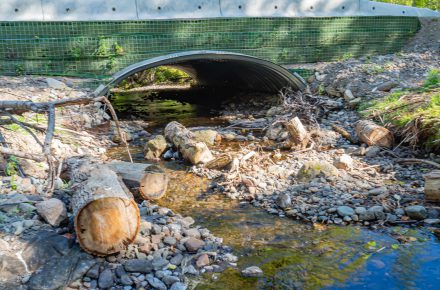
The British Columbia Fish Passage Restoration Initiative is hard at work restoring access to spawning and rearing habitats for fish. Coordinated by CWF, the goal of this province-wide collaboration is to restore connectivity of freshwater ecosystems and develop tools to support planning for fish passage remediation.
In British Columbia, there are an estimated 170,000 stream crossings, with over half expected to be closed-bottom structures that could pose a barrier to fish. To help determine which of the 92,000 crossings we should focus our efforts on, CWF has joined forces with First Nations, federal and provincial governments, NGOs, academic researchers and local communities to complete four watershed connectivity remediation plans that identify those barriers blocking the most habitat in each watershed. These plans will guide restoration efforts for Pacific salmon and steelhead in the Bulkley River, Horsefly River, and Lower Nicola River watersheds, and Westslope Cutthroat Trout in the Elk River watershed.
To date, we have restored access to 3,051,413 squared metres. That’s about 77 linear kilometres of habitat at 18 sites throughout B.C. By opening up waterways choked by human intervention, we give these fish the best chance to find conditions suitable for their survival.
This program is funded in part by British Columbia Salmon Restoration and Innovation Fund (BCSRIF) and the Canada Nature Fund for Aquatic Species at Risk (CNFASAR).
Find out more at FishPassage.ca >
Loving Your Lake Helps All Freshwater Wildlife
This summer we continued to love our lakes with our Love Your Lake program – a joint program between CWF and Watersheds Canada. We would like to say a special thank you to our regional partners in Ontario and Nova Scotia and to the shoreline property owners who are taking action to love their shorelines and their lakes!
This year, approximately 2,480 shorelines were assessed on 16 lakes. Since 2013, when the Love Your Lake program first began, over 46,500 properties have been assessed on 203 lakes.
Thanks to everyone involved, over 46,500 shoreline property owners have access to reports that are specific to their property. Participating lake groups also receive a lake summary report. Both types of reports contain voluntary recommendations that can be taken to improve the health of shorelines and lakes.
Check out what some property owners have to say about Love Your Lake:
- “So happy to have this program! Thank you! This will start a process of greater awareness among cottagers in knowing how to protect our shorelines, the riparian zone and therefore the quality of the lake.”
- “Woefully ignorant of the impact our shoreline had on the wildlife we so enjoy at our beloved cottage, we thank you for this excellent shoreline property report. We are committed to assuming improved stewardship for our shoreline and property.”
- “I loved your report. I thought I already knew most of what there is to know but learned more and can see that I still have a few things to take care of, and continue to nurture on my property. Thank you!”
- “Excellent information, really appreciate that it’s specific to our property. This report is very timely and just the nudge we need to plant additional native species to improve our shoreline buffer. Thanks to everyone who is supporting this project.”
Thank you for loving your lake! More information on this program and on many shoreline-related topics can be found at LoveYourLake.ca.
Learn more about Love Your Lake >
Work on Coasts & Oceans
Recovering the North Atlantic Right Whale
Canada’s large whales continue to face substantial impacts from human activity, and thanks to growing public interest and CWF’s Marine Action Plan, the spotlight and dedication to whale conservation continues to be at the forefront. This has allowed CWF’s Marine Team to grow and expand our work with industry and government to improve our understanding of risks to whales and examining innovative technology aimed at reducing these risks. A few key highlights from the past year include:
- We developed the CanFish gear lending program that provides fish harvesters with low-breaking strength rope and devices, and on-demand (“ropeless”) systems at no charge. This program lets fish harvesters trial innovative gear, before it becomes mandatory, to test what works for their area. In its first season, 500 snow crab traps were fished commercially with on-demand gear borrowed from the CanFish lending program and more than 60 fish harvesters tested low breaking strength gear.
- In our fourth season of trialling fishing gear, we have now completed almost 600 trials with seven different on-demand systems, involving over a dozen different fish harvesters throughout the Maritime provinces.
- We completed a risk assessment for Fisheries and Oceans Canada (DFO), that developed a method of estimating the risk reduction value of fishery closures in Canada. This report has been circulated to decision makers at the US National Oceanic and Atmospheric Administration (NOAA), Marine Stewardship Council (MSC), Monterey Bay Seafood Watch, and the government of Canada’s Species and Risk Act (SARA) teams.
- We expanded our on-demand gear trials and risk assessment work to British Columbia – focusing on evaluating the entanglement risk to Grey and Humpback Whales and connecting with interested fish harvesters from the prawn and crab fisheries.
- We joined the impact campaign of the documentary, Last of the Right Whales, a film chronicling the migration of right whales and the challenges they face in a heavily industrialized ocean, and the people trying to save them. We hosted six public film screenings throughout the maritime provinces over the spring and summer months.

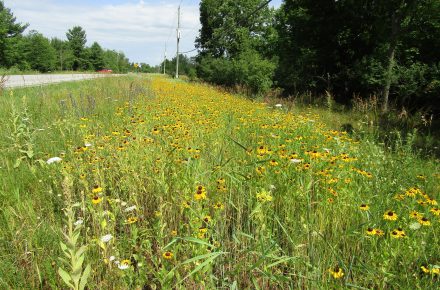
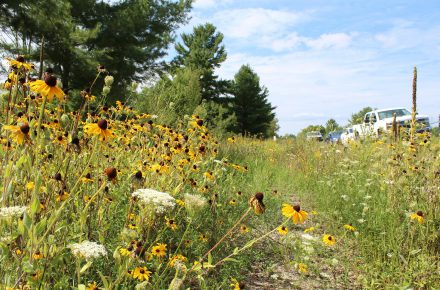
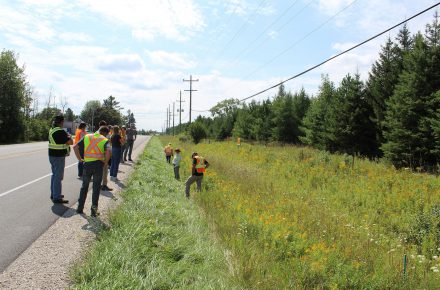
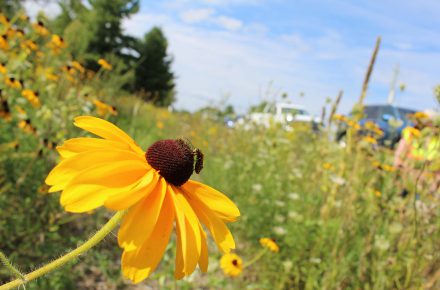
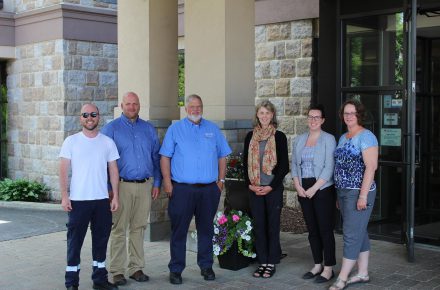


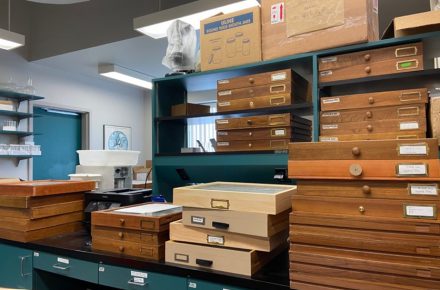




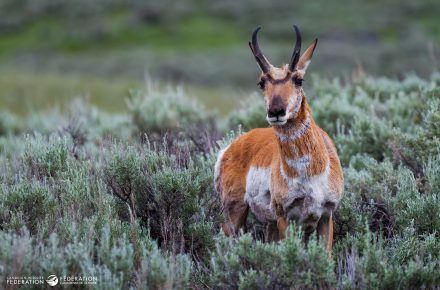
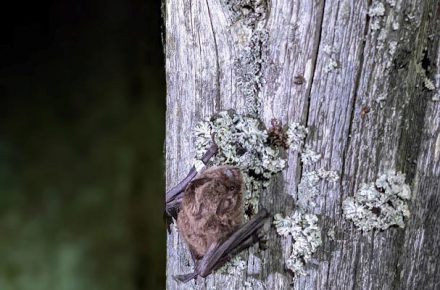
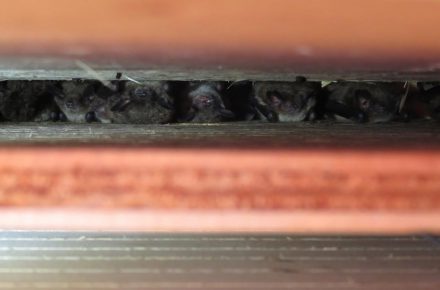
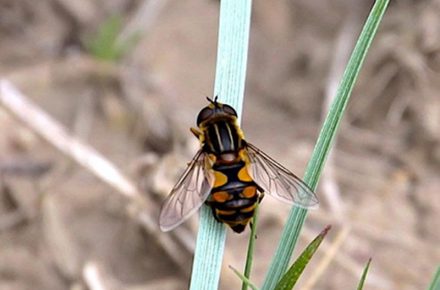

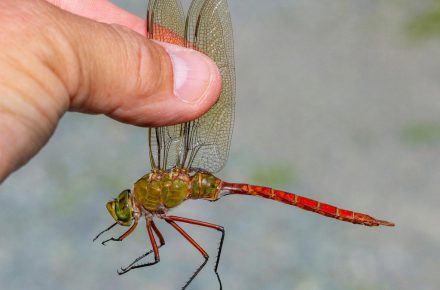
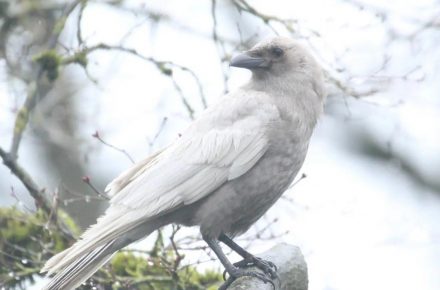
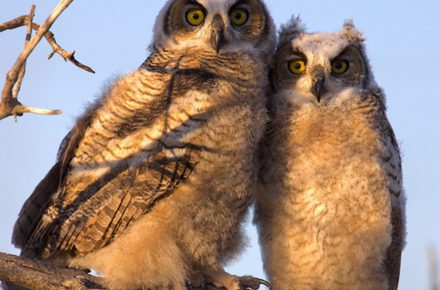
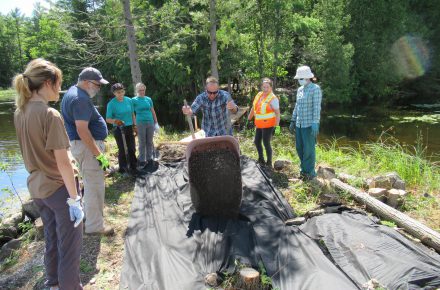
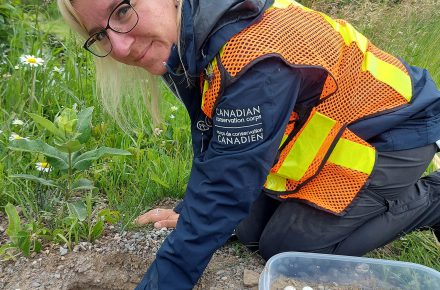

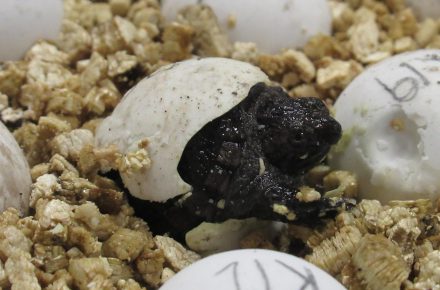
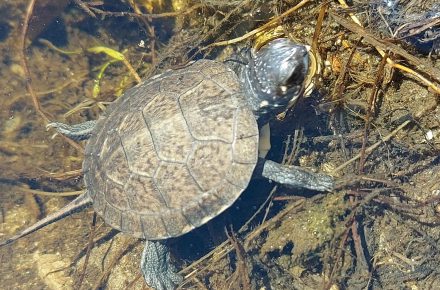
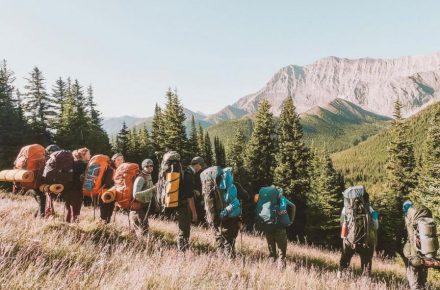
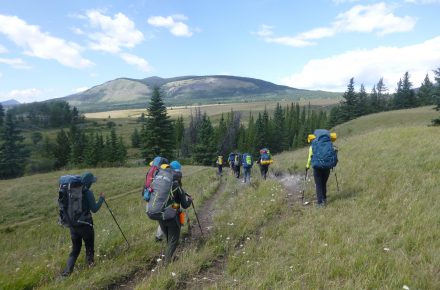
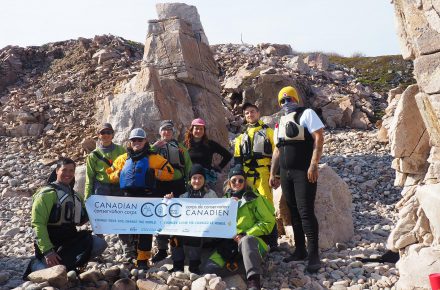
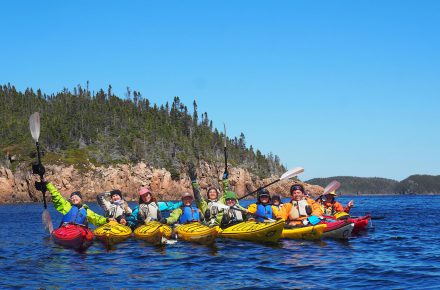

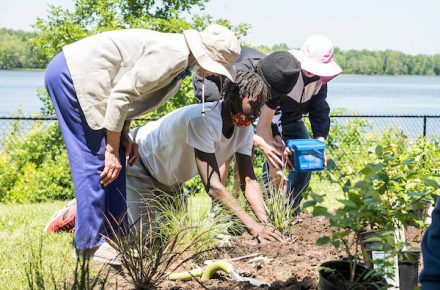

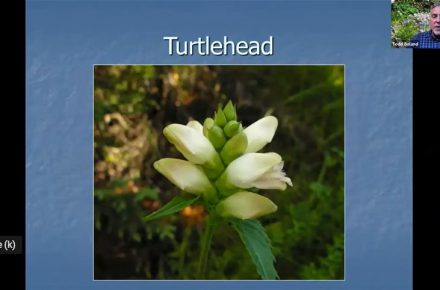
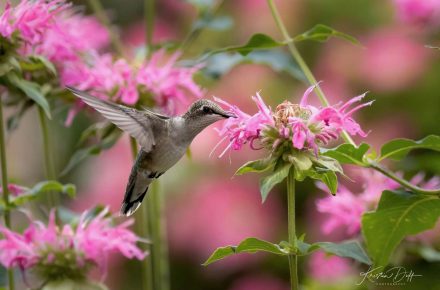
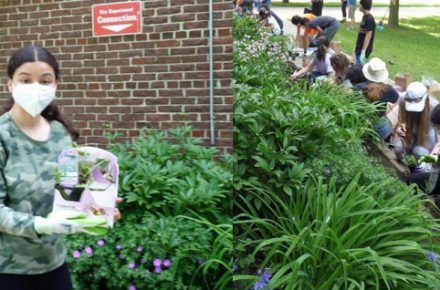
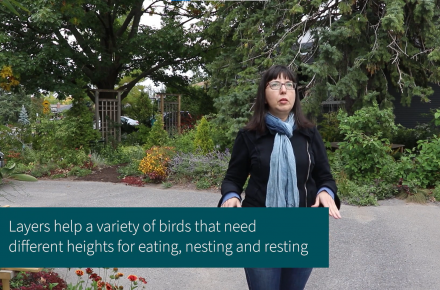
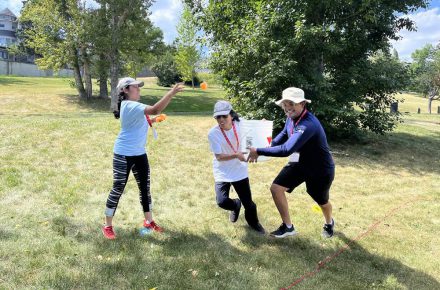
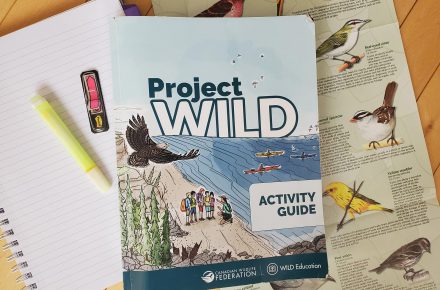
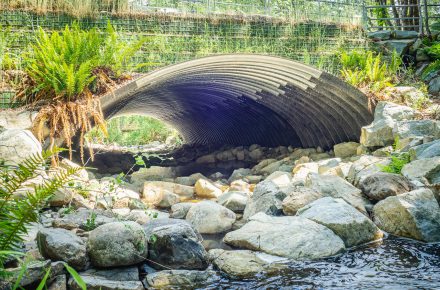
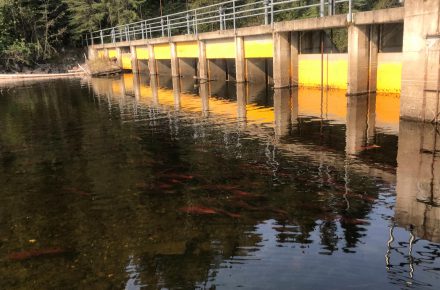
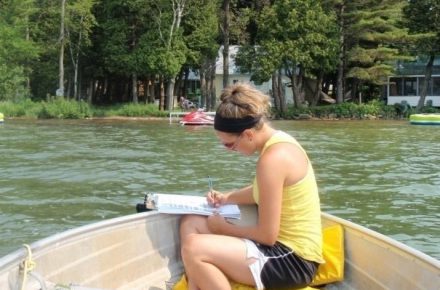
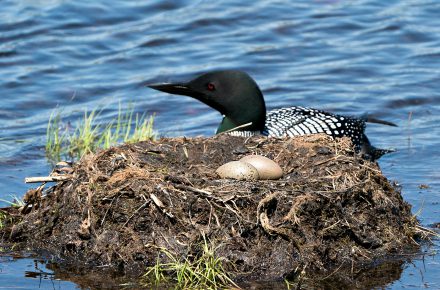

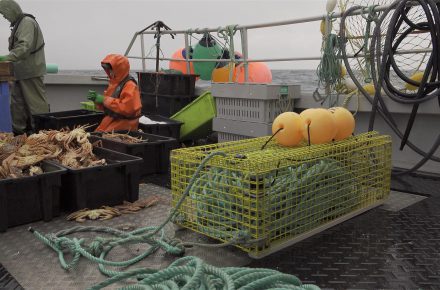

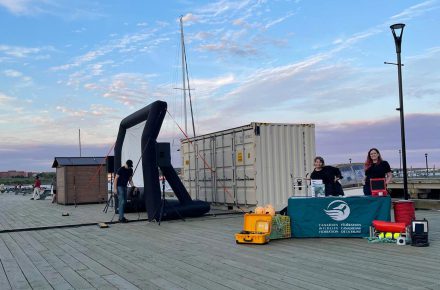

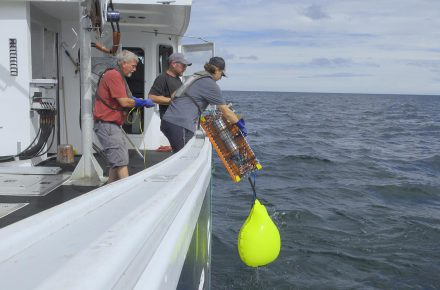


4 comments
I particularly like to bird watch and live in southern Vancouver Island. I have noticed over the last 10 to 15 years that there are less songbirds around and feel that this can be attributed to the cat population spiraling out of control.
I also see more roadkill around back roads and on trans Canada Highway. People are driving way past the speed limits posted and just don’t seem to care that they are putting wildlife in danger. If you follow the speed limits and look far ahead when you drive, there is no need to injure or kill wildlife.
Thank you for this comprehensive, interesting report.
I am really interested and concerned about the great work you are doing. While in Mexico a few years, I discovered a turtle mound where there will babies coming out of the sand on the beach. I went back to the hotel and got help there and we managed to get a box to put the babies in. They would be sent to a care home that would take care of them until they were returned into the water. Of 83, we were able to save 80. This was better than a science lesson in a classroom. I asked the hotel staff if I could pick one up and they said no, they were very fragile. This was so exciting to see this life come out of the sand and I had been a part of saving so many.
Great article, but there’s an error with an identification tag. Under sub-title: “Broadening Biodiversity Awareness With iNaturalist”, there is a photo of a fly which has short antennae and large eyes that seem to extend over the entire surface of head. It is mislabeled as a native bee. This is a common error 🙂
I learned to appreciate the wonders of wildlife growing up as a teenager in Kenya. It was a respect and joy I renewed when I settled in Canada. Wildlife is a vital part of a natural world that feeds and enriches the soul.